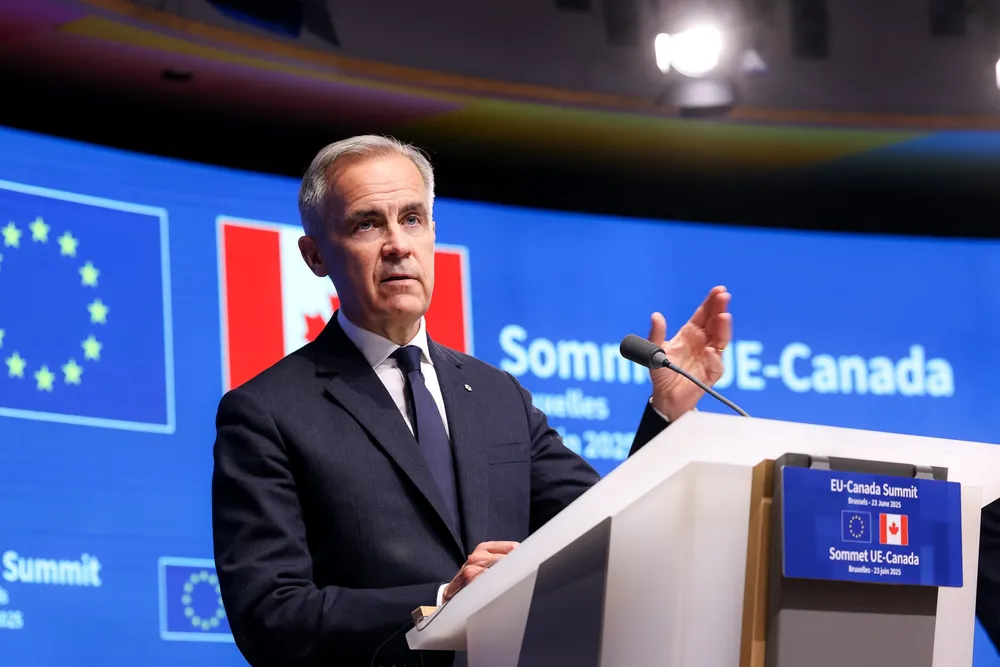Canada sets first offshore wind areas towards massive goals
Nova Scotia is looking for 40GW off its windswept coastlines as US New England states sniff around for power

The Canadian province of Nova Scotia together with the federal government have set the nation’s first offshore wind areas towards a proposed 40GW sector goal.
The four areas selected are slated to be auctioned off in Canada’s first offshore wind leasing round for 5GW, potentially this year.
“With some of the top wind speeds in the world, Nova Scotia has the potential to become a clean energy superpower,” said provincial premier Tim Houston.
“With the right infrastructure, we’ll have the opportunity to send our wind west to power other parts of Canada. By becoming an energy exporter, we can secure long-term prosperity for Nova Scotians.”
While Canada’s Atlantic wind resources are unquestioned, development faces significant hurdles, most glaringly lack of route-to-market.
“The key trouble is figuring out a way to convert these electrons into something we can sell,” said Dawn MacDonald, global offshore wind market sector leader for Texas-based infrastructure consultancy Aecom.
The two Atlantic provinces spotlighted for offshore development – Nova Scotia and Newfoundland & Labrador – have only around 1.5 million residents combined and low power demand. Nova Scotia's 40GW target would generate nearly 30% of Canada's entire power demand.
New England states and New York had planned on offshore wind to drive their clean energy and climate ambitions, but development has flagged under President Donald Trump’s efforts to derail the sector along with stubbornly high costs.
Massachusetts has already been spotlighted as a potential market for Canadian offshore wind power.
Northeast states, including the New England region and New York, are actively broadening transmission ties with their northern neighbour to access its vast hydropower sector.
“Building on our efforts to connect our regions through transmission, there are significant opportunities to construct new onshore and offshore wind projects across Canada and the [North American] northeast,” Hardiman said.
After the first tender is concluded, four other areas identified in the January 2025 regional assessment of offshore wind development will be revisited, the government added.
(Copyright)